It has been brought to my attention that not everyone is on the same page as I am with regard to Annie Leibovitz, whom I believe to be one of the greatest photographers of all time.
Annie has been catching a lot of shit this week for her photos of Jeff Bezos and fiancé Lauren Sanchez in Vogue magazine. We hoi polloi have a visceral reaction to seeing weird billionaires passed off as working folk for obvious (and reasonable) reasons, but some have seized the opportunity to take swipes at the photographer, too, which I think is largely undeserved.
Sure, this picture is worthy of criticism on many fronts, not the least of which is its personification of capitalist yuck. At a time when many—this cowboy’s employees included—are struggling to make ends meet, the world’s tone deafest man is playing dress up as a working class hero. It is both literally and figuratively gross.1 There’s some weird posing, and some other issues, but pretty much all of it goes back to the who of the picture, not the what.
Viewed purely as a photograph, the image is undeserving of hate. Not her best work, perhaps, but with a different subject and a different context, Annie would not be catching strays.
Okay fine, the millionaire photographer who was well compensated to make this image deserves some flak too. She could have styled them differently, she could have made different creative choices, she could have declined altogether. In practice, though, I think the world’s most famous celebrity photographer is unlikely to pass on an opportunity to photograph one of the world’s most famous people. In other words, don’t hate the player, hate the game.
It’s not just this week, though, and it’s not just this picture. Annie gets thrown under the bus in large and small ways all the time. No less a photographer than Magnum icon Elliott Erwitt once dismissed her as “a good commercial photographer.” I’ve personally had conversations with serious portrait photographers who have never even considered her work, assuming it not worth their time. And I’ve seen long, drawn out discussions in photography forums about whether this household name and living icon produces work that is any good or not. The premise is laughable, and it would be funny if it weren’t so sad. The perpetual debate stems, presumably, from the fact that she is so famous and successful. And possibly probably also because she is a woman.
It’s not that Leibovitz or any artist is above reproach. I have no issue with those who find actual fault in her work, so long as the critique is deeper than “popular = bad.”2 While the criticism “I don’t like her style” is perfectly valid, that sentiment is no more valid than those who do like her style.
My biggest issue is the offhand dismissal of this prolific and masterful photographer who has shaped our visual culture for half a century and is still going strong.
Let’s talk prolific and still going strong. On Monday the aforementioned Bezos engagement photos were published. Less than 48 hours later came a whole different project—one that’s equally gutsy and strange—an amazing fashion spread with actor Maya Hawke (and a supporting cast of world class artists) in which every image is an homage to Edward Hopper. And a few weeks back a retrospective of her life’s work (so far!) launched at Crystal Bridges, featuring several brand new commissions.
Meanwhile I’m working my butt off, I’m 25 years her junior, I’m beat, and all I did was shoot a few headshots this week. Nothing I’ve done this year—hell, this adulthood—is half as interesting as Annie’s average shot. She’s taking big swings. They aren’t all hits, but goodness there’s a lot of home runs. More than enough to put her in league with the all-time greats.
Annie has worked constantly for the better part of 50 years. Which is maybe how she became such a master, and such a chameleon. I’ve read detractors who say all of her work is the same, it’s formulaic. And yes, digital era Annie often employs a low-contrast, desaturated, dark and moody look familiar to anyone who’s picked up Vogue or Vanity Fair in the last 15 years. But prior to that she had another look. And prior to that, another. And all the while she code switches and shifts gears continuously, project to project, drawing on her vast photographic vocabulary. So yes, she often employs an identifiable style for her celebrity portraits, but it is just one of many.
This is likely why I think so highly of Annie’s photographic ability. As a commercial photographer I am often charged with creating images in different styles, to meet different clients’ different needs. And this is tremendously difficult. But less difficult if you’re Annie. She shifts from studio color to location black and white, from sprawling, high-style group shots to the quietest, most intimate portraits. She is the consummate professional photographer. And while it’s her creativity and collaborative abilities that make her work most special, she also has a lot of technical skill in her arsenal as well. More than most of the greats, I’d say.
In lieu of continuing this diatribe for another thousand words, allow me to present my main argument for the greatness of Annie Leibovitz: her work. Look at her work and marvel at how one photographer created such a wealth of diverse and impressive images. Picture an Avedon. Picture an Ansel. Picture an Arbus. Now look at all these images from Annie.
Annie Leibovitz started as a photojournalist, briefly, and her earliest work is raw and straightforward. Still, it shows the painter’s eye for strong composition that she carried into her career as an editorial portrait photographer.
Working for Rolling Stone, Annie made this iconic image of Yoko Ono and John Lennon hours before his death. In lesser hands this final portrait of Lennon would have been different; anything else would have been wrong.3
One might argue the backlash against Annie is the same that accompanies any artist who achieves widespread appeal. Even a master photographer like Ansel Adams is written off by those who should know better. But if it’s so easy then why doesn’t everyone do it? Here’s some money, go become the next Annie, go sing like the next Taylor, go film the next Star War. Nobody is obligated to like any work of art, but it seems small minded to dismiss something because of who made it, or why they wanted to, or frankly for any reason outside of the two minutes and 58 seconds of the song, anything beyond the edges of the painting’s canvas, or anything going on outside the viewfinder.
Like the aforementioned Erwitt quote, some dissenters argue that the commercial nature of Annie’s work makes it less than pure artistic expression. But virtually every great portrait photographer in history aspired to work commercially—Avedon to Newman, Karsh to Penn, Nadar to Cameron.
Another common criticism—one that I share, in fact—is that Annie’s digital era celebrity portraiture too often relies on heavy post processing to achieve its signature look, resulting in images that appear digital first, photographic second. My personal preference is for less obvious digital imaging—or put another way, a look that is more traditionally photographic. I prefer the unvarnished Annie, but I think she and her team do one hell of a job realizing the images she intends by any means necessary. In other words, this look is deliberate, and as far as the photographer is concerned it’s a feature not a bug.
Since 2020 it has been argued that Annie is unable to effectively light black subjects. While I would not dare to tell anyone how they should or should not want to be photographed, I can comfortably comment on the idea of “inability” in this context. I would argue that if anyone can light a subject precisely as they choose, it’s Annie Leibovitz. Her lighting, for better or worse, is a deliberate artistic choice. (Actually, maybe that’s more support for the critical argument.) More likely, as Maiysha Kai writes in her thoughtful consideration of the issue, the problem isn’t Leibovitz but a media landscape in which there are still too few people of color controlling the narrative. (This Vox piece is worth a read too.) Perhaps the best outcome from the controversy is publishers themselves pledging to be more deliberately inclusive in their hiring practices.
Ultimately I recognize it is quite likely that I hold Annie in such high regard because she has reached the pinnacle of my chosen profession. She has ticked all the boxes and scored all the goals and overachieved completely. What modern photographer is even in her league, a household name that even non-photographers know? How many photographers in the history of the medium—Weegee aside—can we identify mononymously? There’s Ansel, Arbus, Avedon… and only one Annie.
As my favorite snarky tweet read, “This looks like a print ad for Viagra cologne.”
That’s just my feeling about any criticism of any creative work, frankly. Anybody making something is adding beautifully to the world. If we’re going to tear it down, we should at least be somewhat thoughtful about it lest we revert to trolling.
Imagine making your best, most iconic work less than a decade into your career, then somehow managing to continue growing and improving as an artist. Rarified air.
All images by Annie Leibovitz


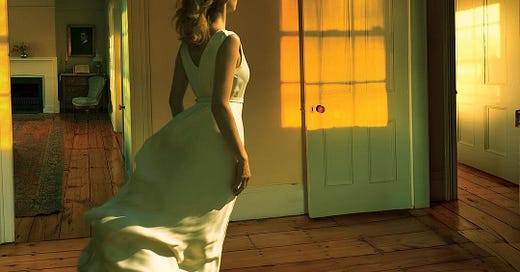


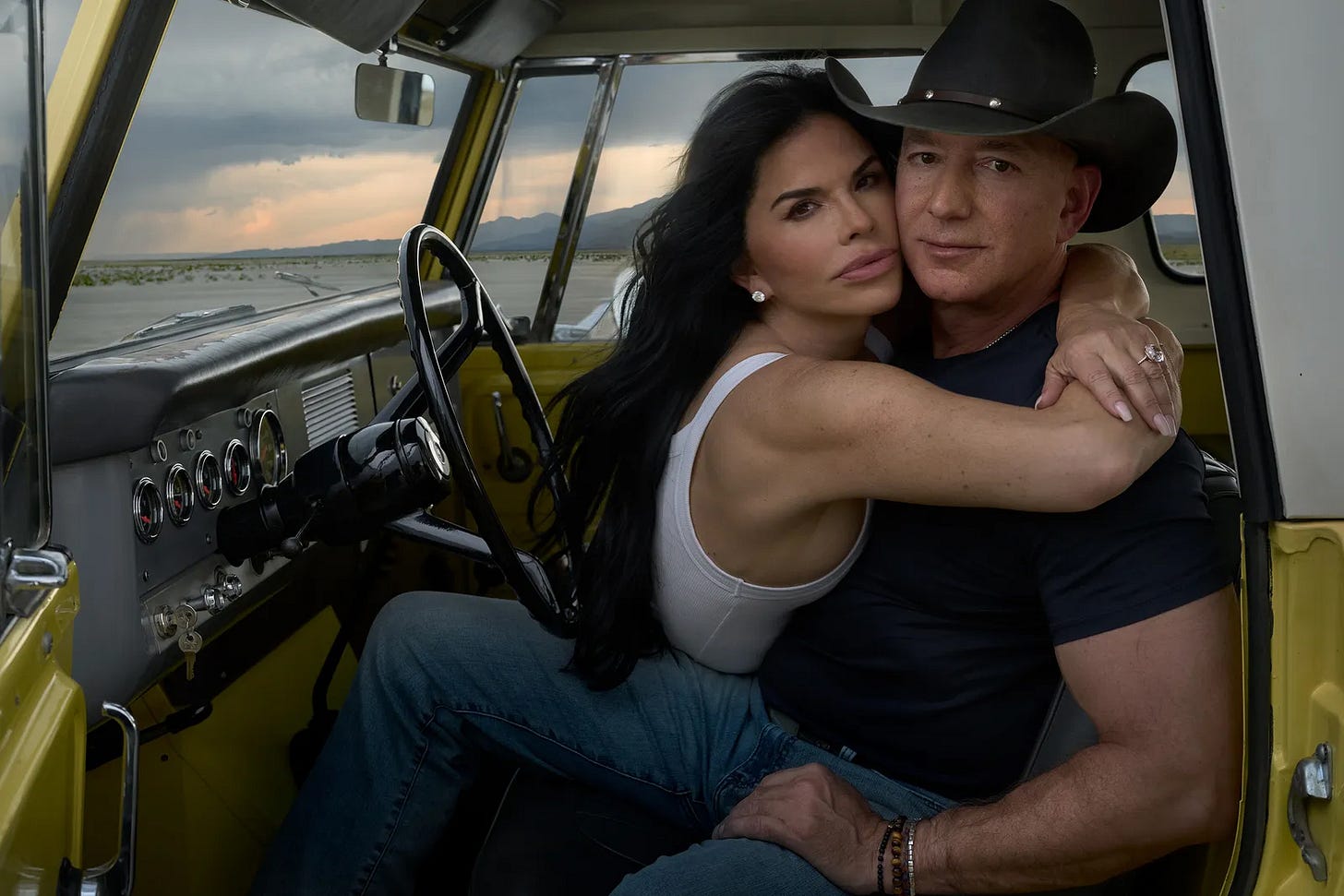

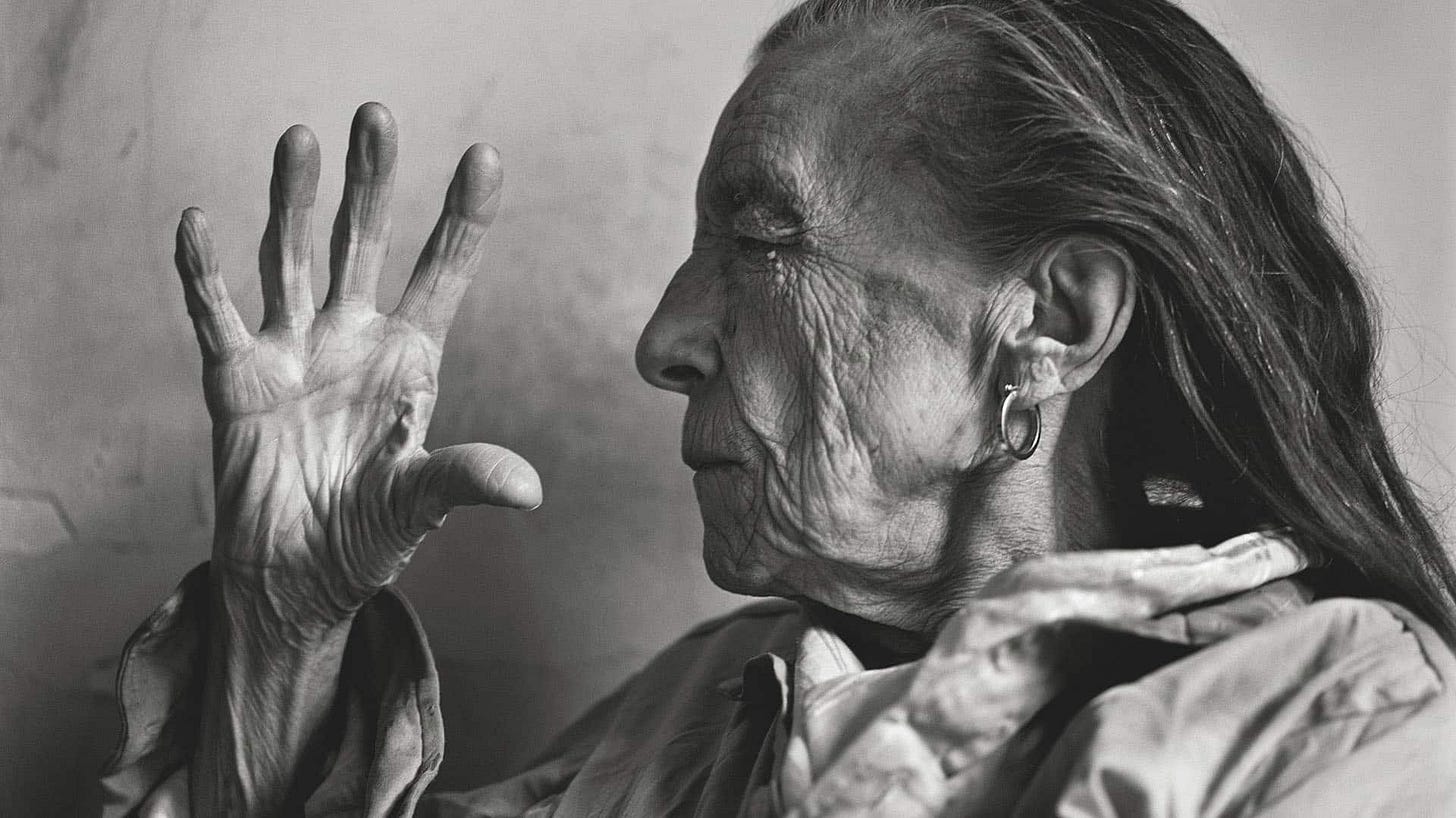
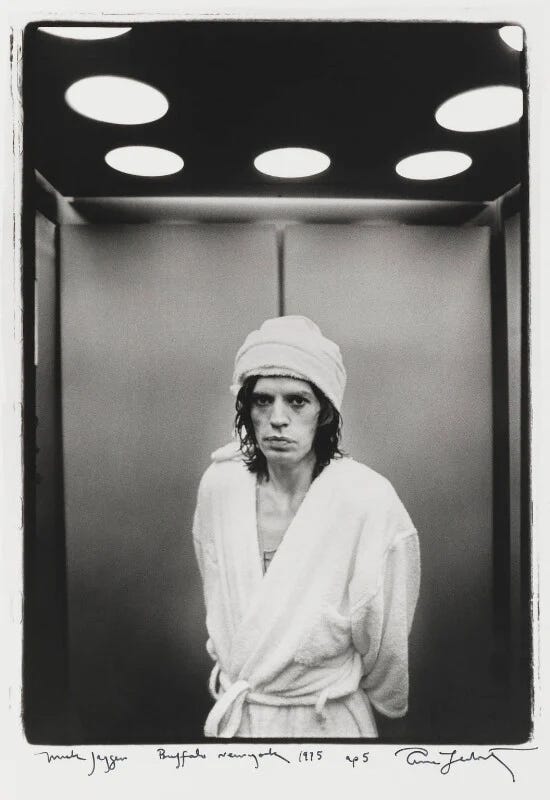
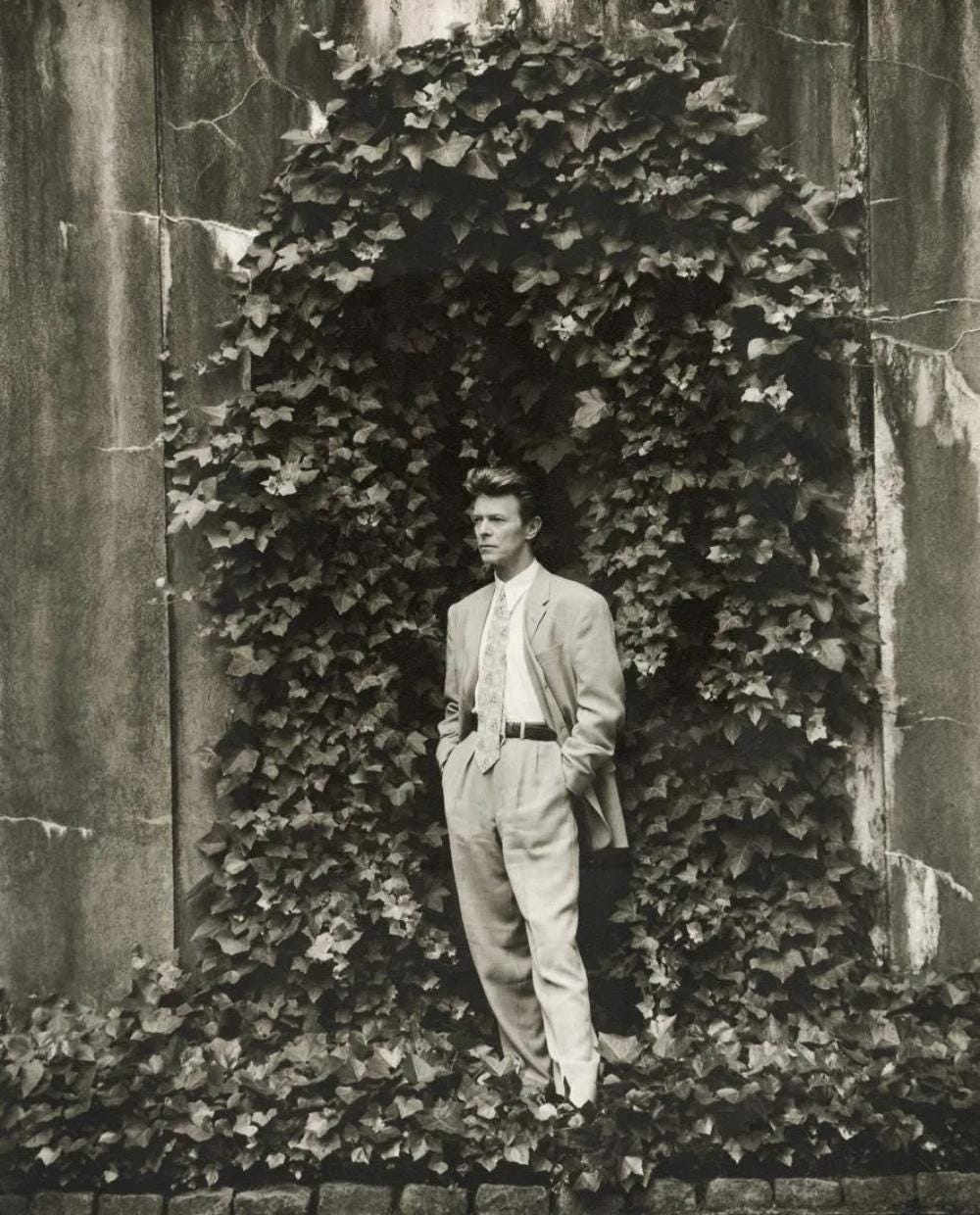
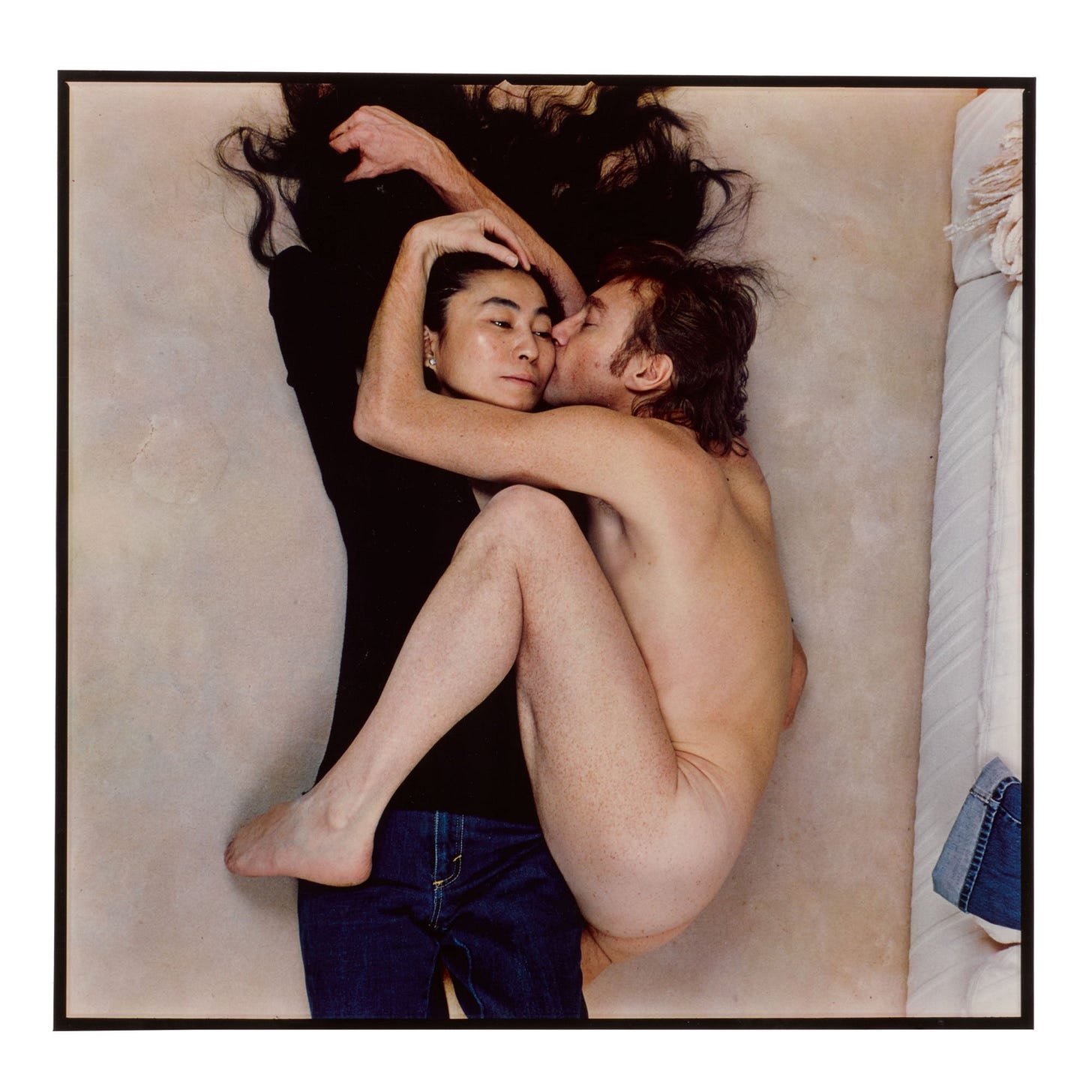
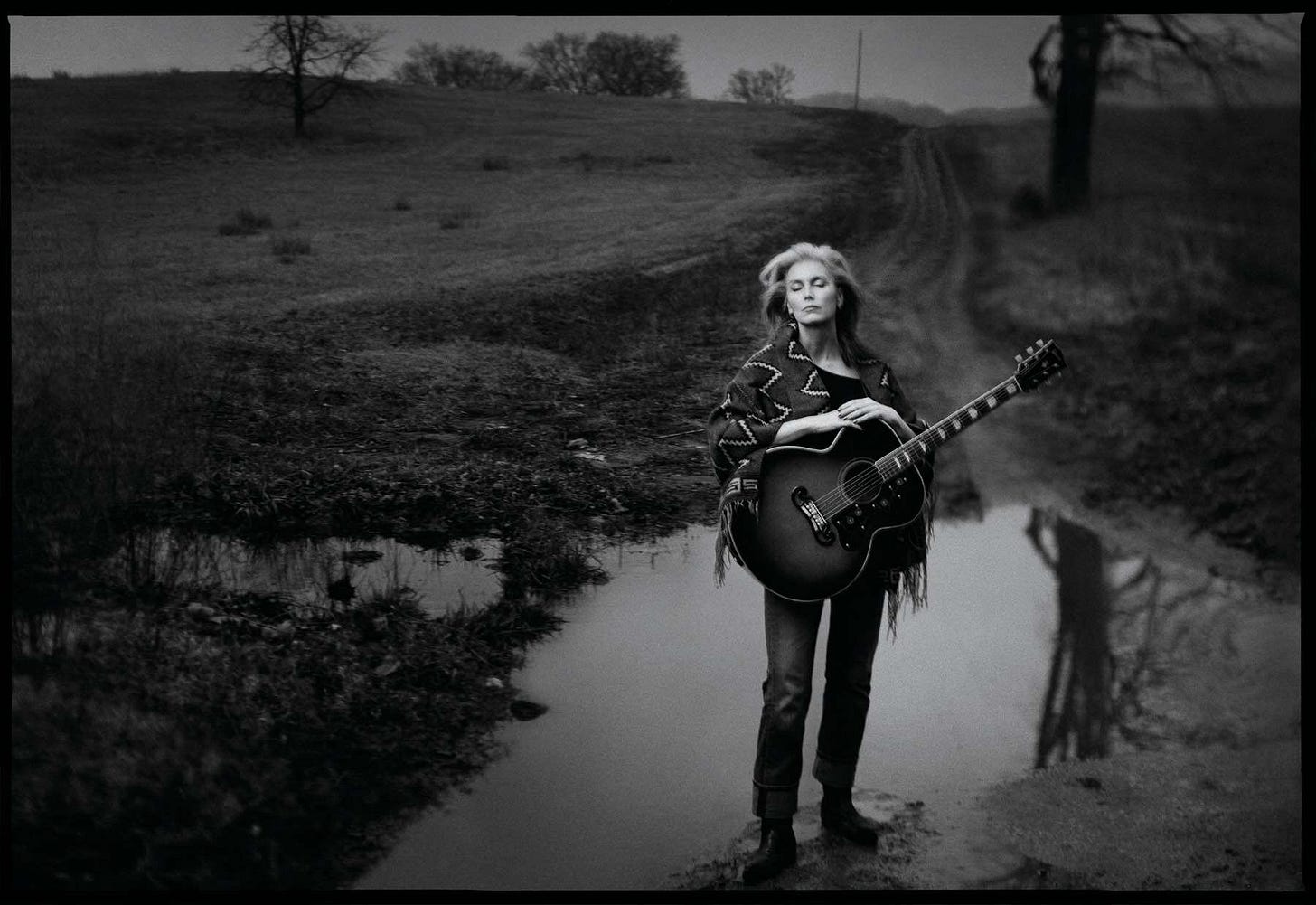
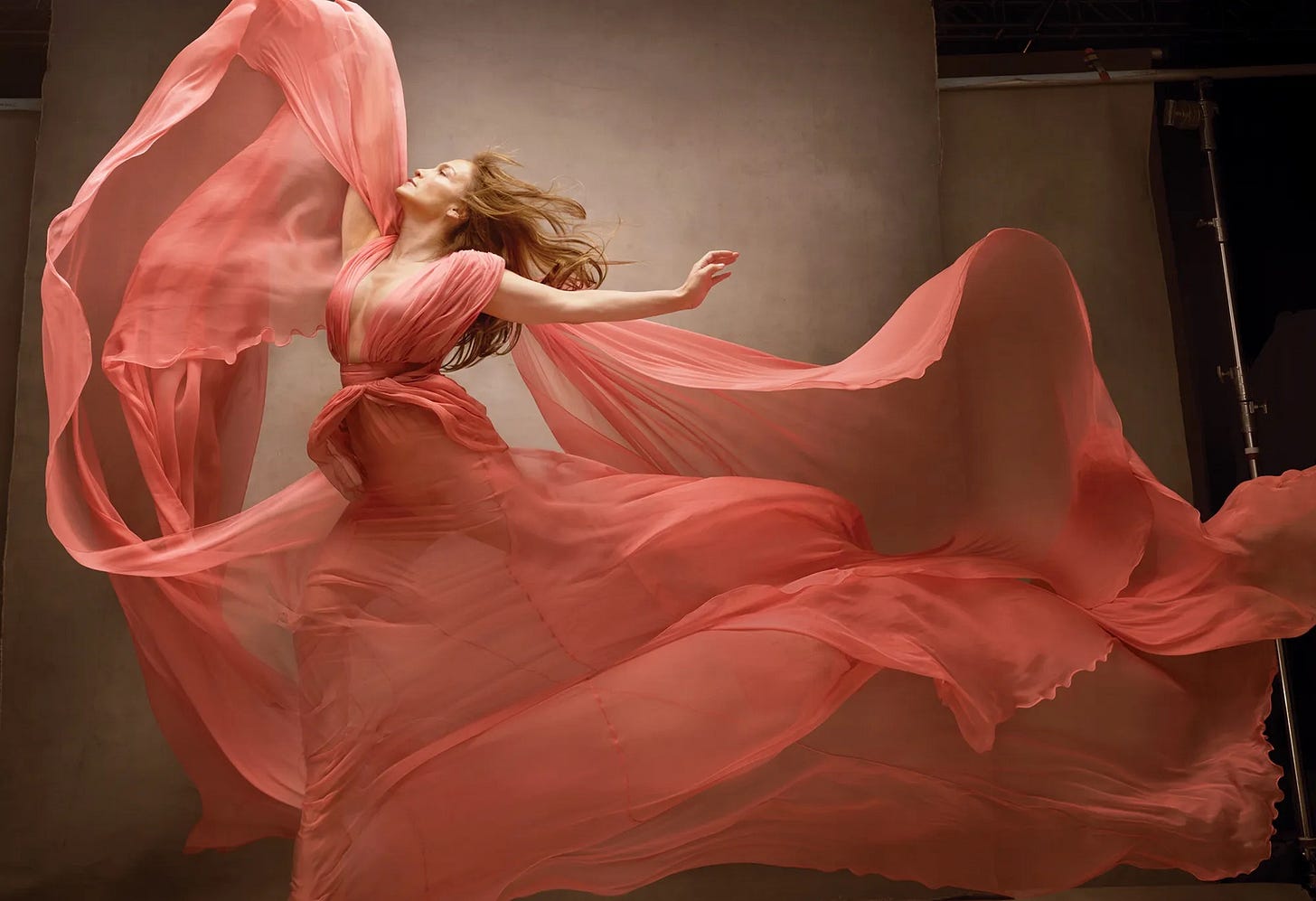
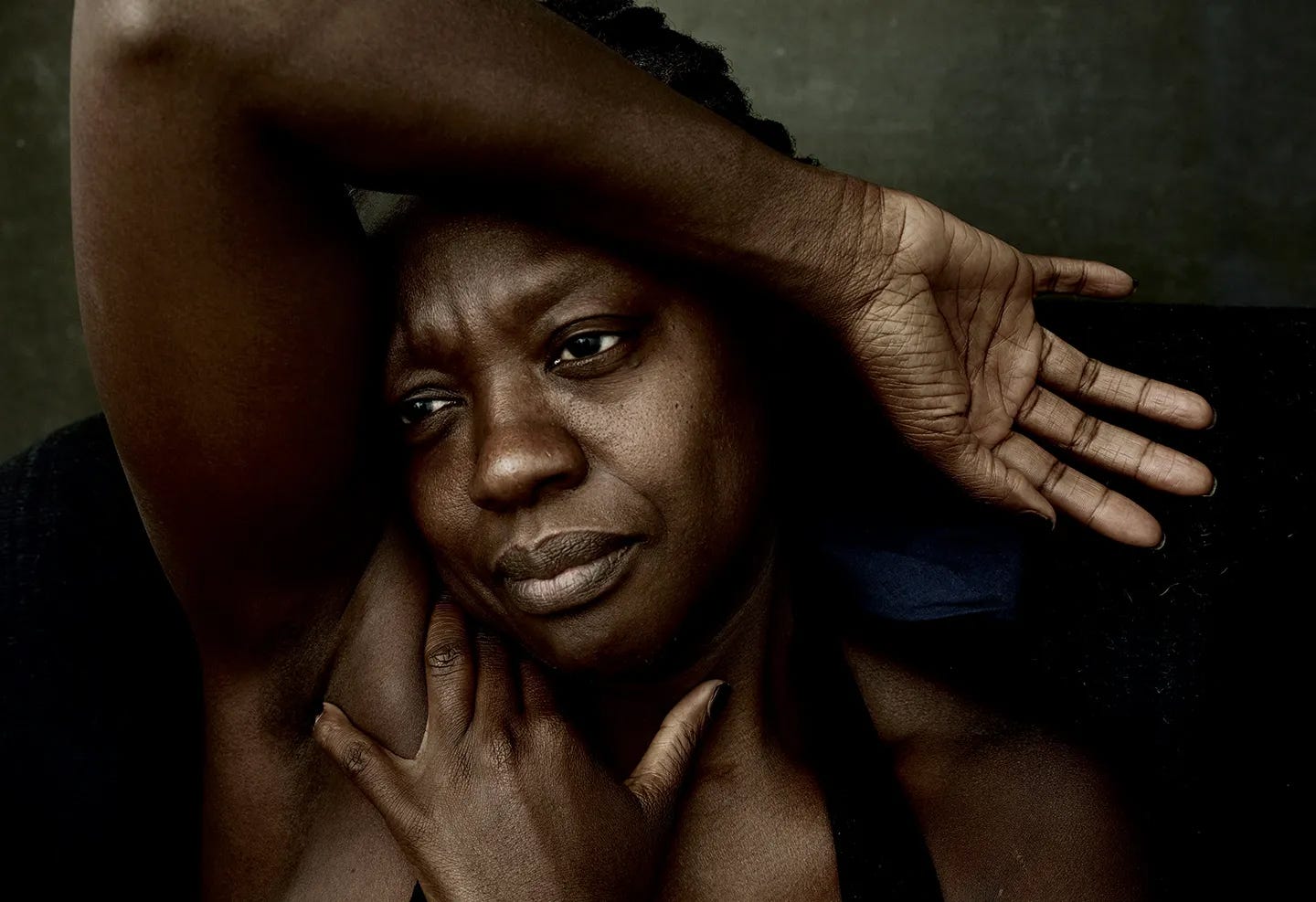
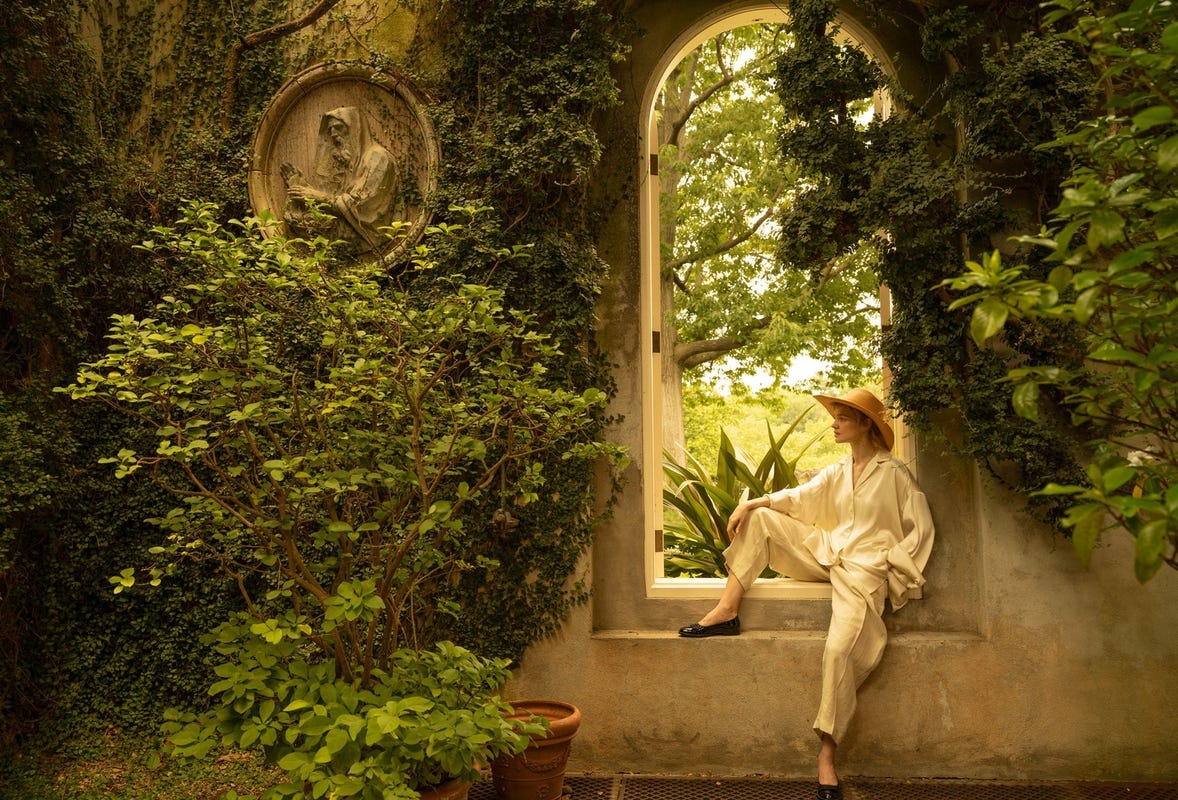
I no longer subscribe to Vanity Fair but when I did, for many decades, I could pick out a Leibovitz spread without even seeing her name attached. Her photography was, and probably still is, breathtaking. And singular.
I didn't know she was looked down on that way. Very disappointing. She deserves to be way up there with so many other remarkable photographers.
Thank you for saying what I've wanted to say for so long. She has been an inspiration to me for my entire career. Her images are iconic and beautiful. There will always be those who have a myopic view of photography and other forms of art. Her work speaks for itself.